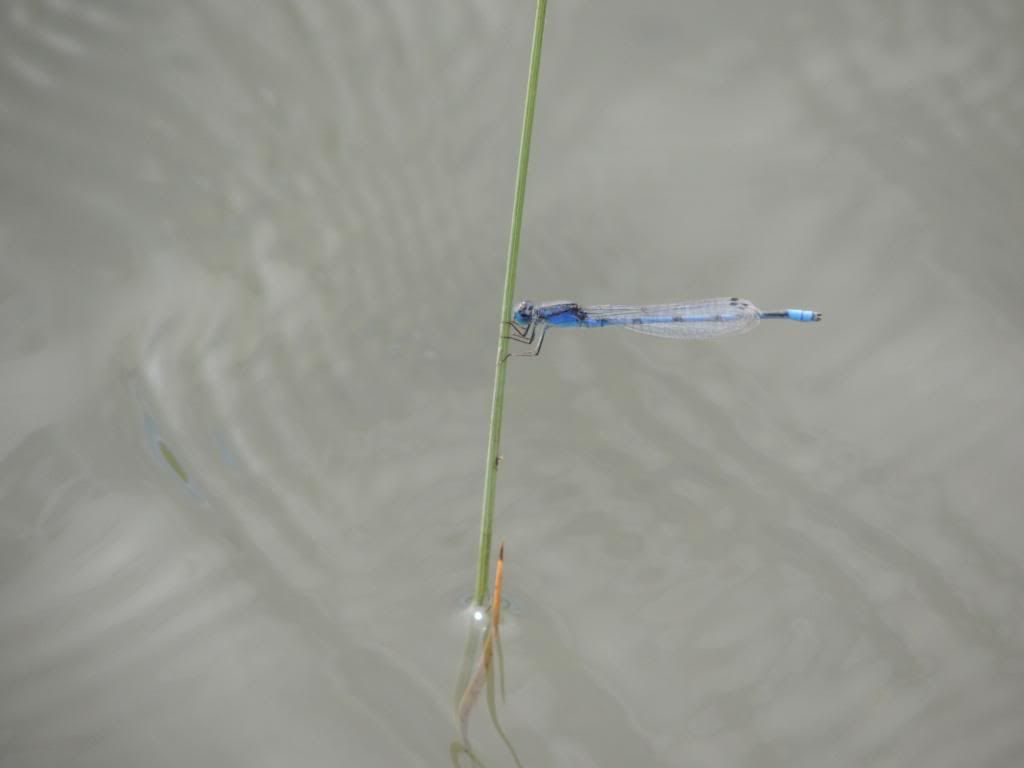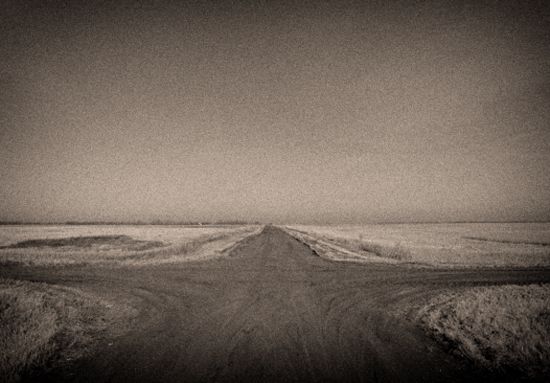 |
| Photo copyright Wings, 2014; all rights reserved. |
Sterling silver squash-blossom flutes, watered by the magical Skystone, flower into bezel-set hearts. All metal — flutes, findings, and settings — are sterling silver. The hearts are spiny oyster shell in beautifully brilliant flame colors. The tiny turquoise drops are Sleeping Beauty turquoise, the crystal-clear blue of the morning sky.
And I can vouch for the fact that they hang perfectly, facing forward. Because, of course, I had to try them on. [And now i want them, but they're meant to go elsewhere.]
$195 + $10 s/h/i.
Copyright Ajijaakwe, 2014; all rights reserved.

























